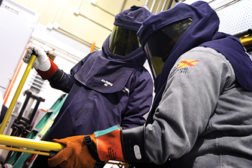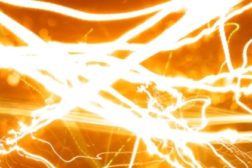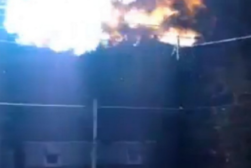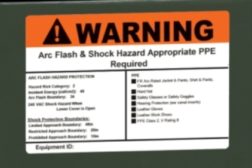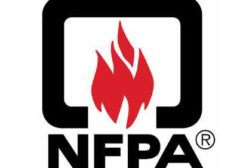Home » Arc flash
Articles Tagged with ''Arc flash''
FR Protection: Assess your risks
Consult ARC ratings & calculate job task energy levels
January 5, 2015
Become a Leader in Safety Culture
Build your knowledge with ISHN, covering key safety, health and industrial hygiene news, products, and trends.
JOIN TODAYCopyright ©2025. All Rights Reserved BNP Media.
Design, CMS, Hosting & Web Development :: ePublishing
